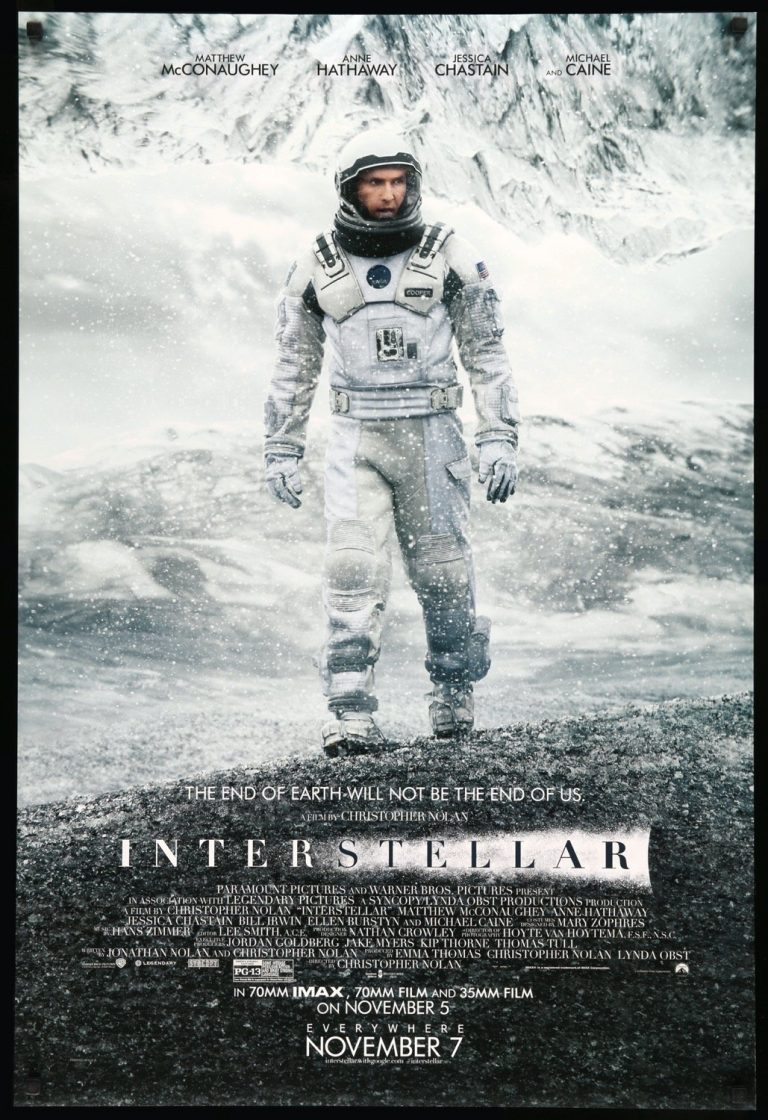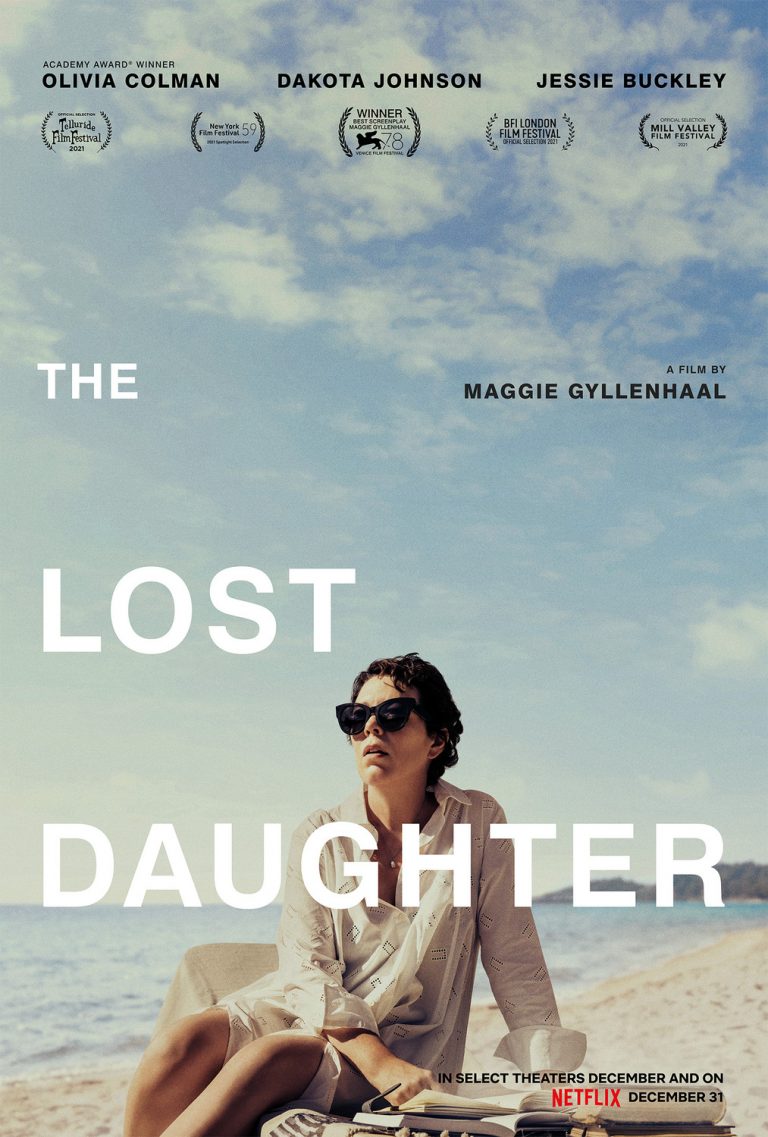How the Watchmen Story Has Adapted Its Themes For a New Audience
Watchmen’s relationship with race and inequality has been brewing since the start. It started when Moore first introduced the graphic novel and has been developing until the 2019 HBO tv adaptation. It’s a story that handles complex issues even in the face of adversity and through that adversity, examining the human experience
What Was Alan Moore’s Objective of Watchmen?
Fans were introduced to the graphic novel Watchmen in 1986. The limited series was met with commercial and critical success, earning a Hugo Award for Best Graphic Novel. It was created by colorist Dan Gibbins and author Alan Moore, who is now regarded as a great and included in conversations with constituents such as Stan Lee. The graphic novel tackled issues that were heavy on the hearts and minds of Americans around that time. They had to live in the Cold War with the idea of nuclear war looming overhead. The graphic novel tackled moralism, nihilism, corruption, patriotism, and many other character-defining issues. The comic examines these issues with delicacy and precision, often asking the reader to look within themselves. As a black man reading this graphic novel, one thing kept coming back to mind, how would this story handle race at that time?
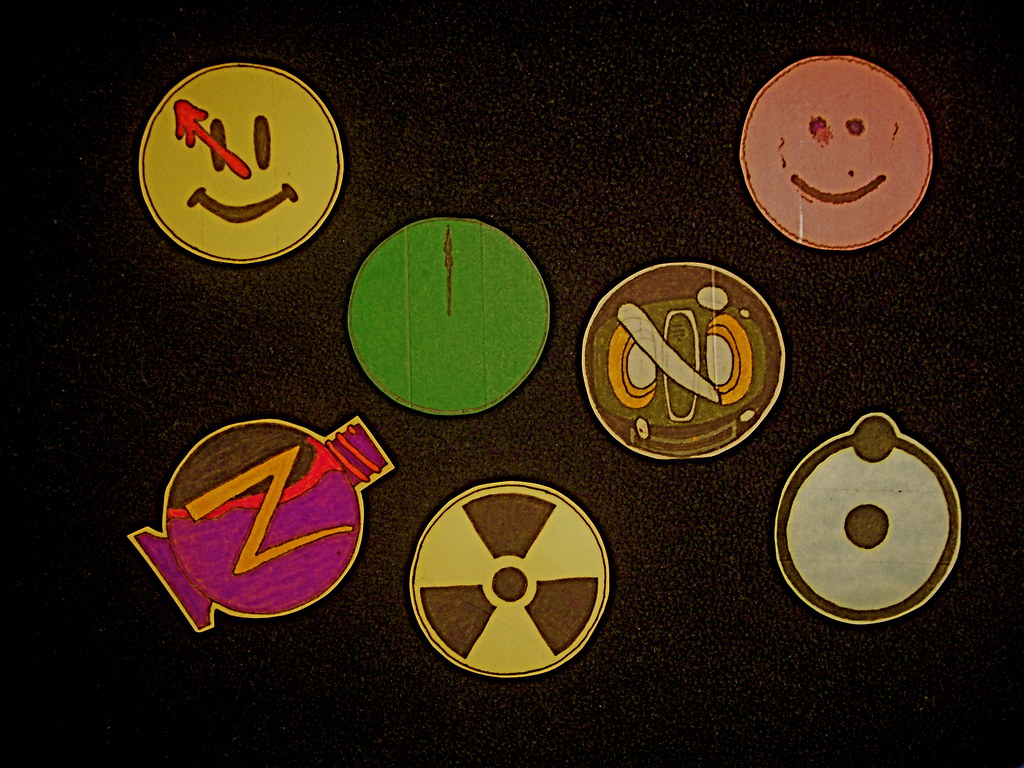
How Did Watchmen Address Racial Issues?
The only thing that may have dipped into this issue was the Tale of the Black Freight. It was a self-contained story embedded within the graphic novel that depicted a black man, or at least fans theorized, who thwarted evil. However, it was a theory nonetheless, and still left me thinking Moore may have overlooked the complexity of race in his exploration of society and the major philosophical and socioeconomic issues that come with it. If Moore intended on Watchmen being about “an investigation of the different uses of power” why would he not investigate the powers that exercised themselves over minorities at the time? We eventually get to answer this question, but it is something that we can examine over two distinct stages and times, the 2009 Watchmen movie and the 2019 Watchmen TV show.
How Did Zak Snyder Adapt Watchmen?
Watchmen (2009) was the first live action adaptation of Moore’s source material and was initially met with mixed reviews. Much of the criticism was aimed at director Zak Snyder, whose ability to juggle the complexity of the source material failed in the eyes of critics and fans alike. The movie did a great job at depicting scenes the same as they are seen in graphic novel but didn’t make the audience ask themselves those intrinsic questions as the graphic novel did. If anything, it felt like Snyder’s Watchmen regressed in that since. Even minority characters such as Gloria Long, who has a small role in the graphic novel, was not even depicted within the movie and that goes for several others. However, this adaptation of Watchmen was not a failure as it laid the groundwork for the 2019 show to be built upon.
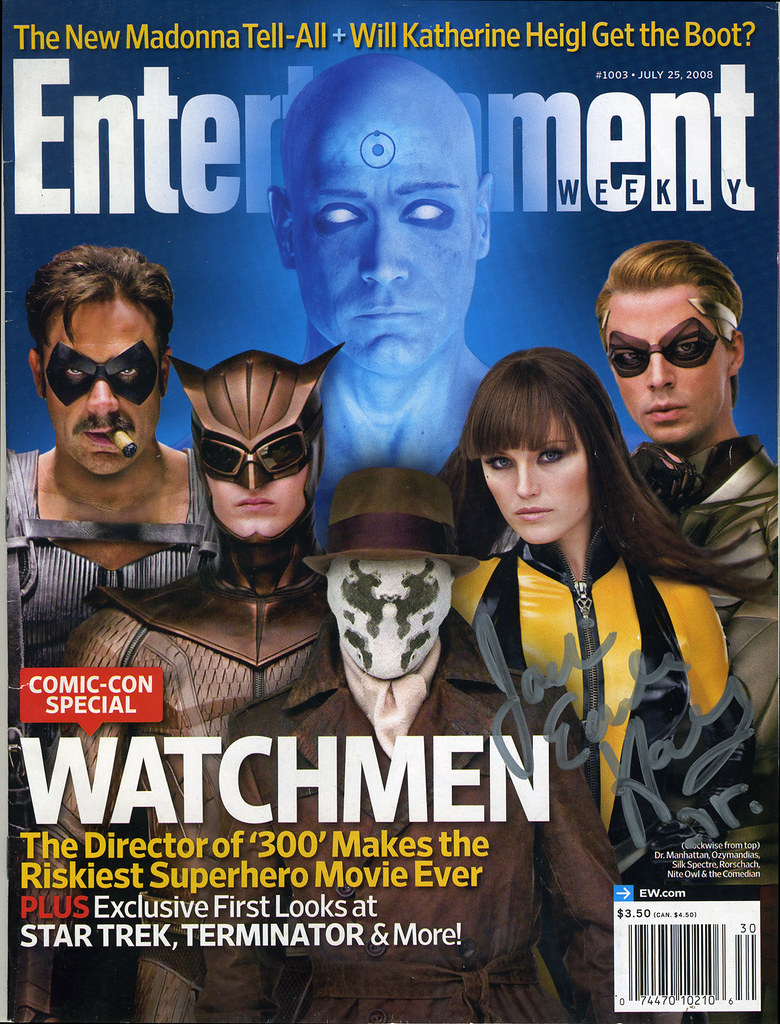
How Did the TV Show Expand the Themes of Watchmen?
The limited series TV show Watchmen (2019), is considered a continuation of Snyder’s Watchmen. It examines the same philosophical themes seen in the graphic novel, such as moralism, patriotism, and corruption. However, it also tackles the racial issues that both the graphic novel and the movie adaptation lacked. Instead of leaving the implications of characters’ morals on others such as Rorschach, it tracks them, showing the influence one can have over others as his journal ends up in the wrong hands and minds of radicals. It even delves into the Tales of the Black Freight, showing that the fictional character in the story was real and Black at that. It showed the use of power differently as the Hooded Justice saves people with his raw strength but is never to be praised because if he takes off his mask, he will be ridiculed for being black. It even goes as far as to show a truly horrific historical moment in Black and American history that often goes overlooked by depicting the Tulsa Massacre. The show flips its predecessor on its head by featuring a black hero, Sister Knight, played by Regina King, as its lead, instead of its original lead of white characters. Through her lens, we see the most humanistic aspect of life show up so brightly in such a dark show that handles such dark material. Despite all that creator Damon Lindelof has done to progress the story of its predecessors forward, it was still met with mixed reviews and mired controversy as it was looked at as political propaganda and tinder.
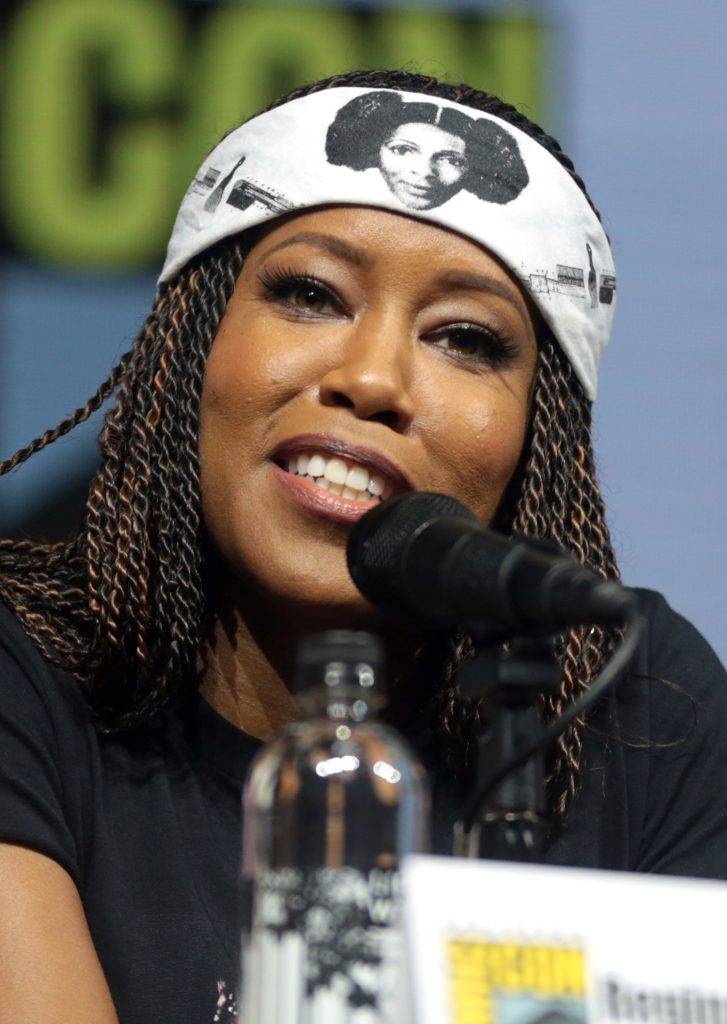
How Can We Start Thinking Critically?
Whether it was Alan Moore who changed the sentiments of graphic novels forever in his ability to handle such sensitive and mature themes in a comic, or Snyder’s obvious dedication to stick to the source material, even if it couldn’t be self-contained in a structure of the film, or Lindelof’s decision to explore the original themes through the lens of race, they all work to build on one another. Without one, there would be no way to get to the other, so instead of looking at each one as its own story we must look at it as a story that has been developing for over five decades. A story that still harkens us to question ourselves, our morals, and our role within society.


